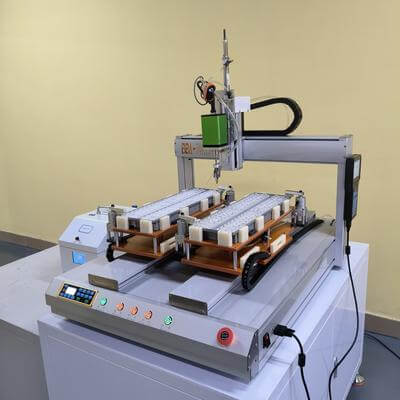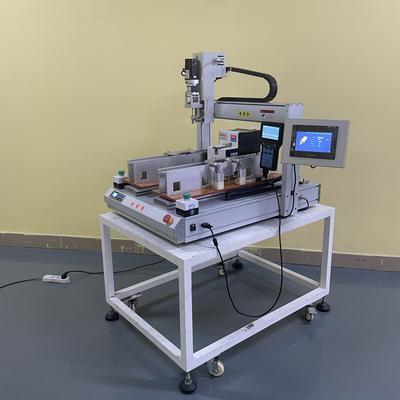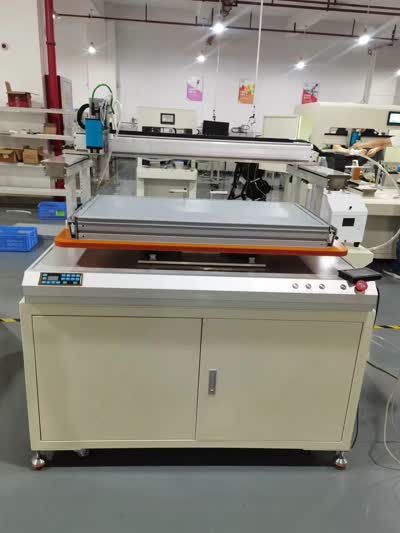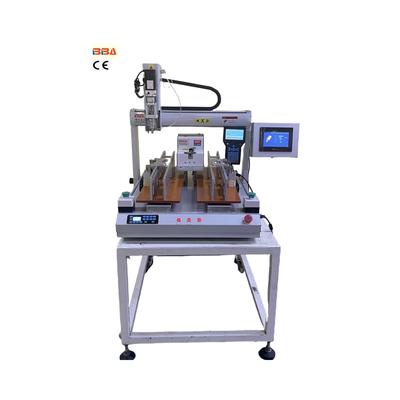Entry-Level vs Industrial Robotic Screwdrivers Comparison | Automation Tools Guide
Entry-Level vs Industrial Robotic Screwdrivers Comparison
Robotic screwdrivers have become indispensable tools in modern manufacturing, enabling precision, speed, and consistency in assembly processes. However, choosing between entry-level and industrial-grade models requires careful consideration of performance, scalability, and operational demands. Below, we analyze the key differences to help businesses make informed decisions.
Performance and Precision
Entry-level robotic screwdrivers are designed for light-duty applications, typically handling screws ranging from M1 to M5. These systems offer torque control within ±5% accuracy and speeds of up to 2,500 RPM, making them ideal for low-volume production or prototyping. Industrial models, however, support screw sizes up to M12 with torque accuracy as tight as ±1%, reaching speeds exceeding 4,000 RPM. Advanced force-feedback systems in industrial units ensure consistent performance even in high-vibration environments.
Durability and Uptime
Industrial-grade screwdrivers are built for continuous operation, featuring ruggedized components that withstand 24/7 cycles in harsh conditions. Many include IP54-rated enclosures for dust and moisture resistance. Entry-level counterparts typically operate optimally in 8–12-hour shifts and lack specialized protection, making them better suited for controlled workshop environments.
Integration Capabilities
Industrial systems often provide:
- EtherCAT or PROFINET connectivity for real-time data exchange
- Compatibility with PLCs and factory-wide MES platforms
- Built-in error-proofing protocols to prevent cross-threading
Entry-level models may require additional adapters for basic PLC communication and offer limited data-logging features.
Cost Considerations
While entry-level robotic screwdrivers cost 40–60% less than industrial versions, total ownership expenses reveal critical differences. Industrial models demonstrate:
- 30% longer mean time between failures (MTBF)
- 15% lower energy consumption per screw
- 50% faster tooling changeovers
Application Scenarios
Entry-Level: Electronics assembly, small-batch custom products, educational/training facilities
Industrial: Automotive manufacturing, aerospace components, high-speed consumer goods production lines
Future-Proofing
Industrial models support firmware upgrades and modular expansions, allowing integration of vision systems or AI-driven quality inspection. Entry-level devices generally have fixed functionalities, though some offer limited upgrade paths through third-party software.
Recommendation: Conduct a lifecycle cost analysis considering annual production volumes and process complexity. Hybrid solutions using both tiers often maximize ROI – deploy industrial screwdrivers for critical high-speed stations and entry-level units for secondary tasks.
As automation standards evolve, selecting the appropriate robotic screwdriver tier remains vital for maintaining competitiveness. Manufacturers must balance immediate budget constraints with long-term operational requirements to optimize their assembly workflows.

| Product Name | Applicable industries |
| Auto Screwdriver Machine | Telecommunication Equipment Assembly |


